With their subtle grace and slightly retro charm, freesias are exquisite bulbous flowers, emblematic of old-fashioned scented floral arrangements. Essential in bouquets, they are becoming increasingly common in gardens. All freesias emit an intoxicating, sweet scent reminiscent of jasmine. Their colours — including red, yellow, pink, lilac and orange — bring a touch of refinement or exotic hues to the forefront of beds of annuals or perennials. They therefore work perfectly in sunlit borders, rockeries or container combinations.
To learn all about freesias, read Freesia: planting, growing and care.
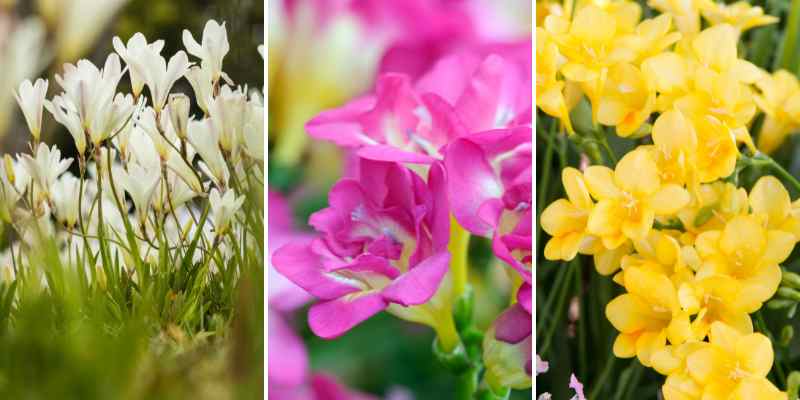
Where to plant freesias?
Freesia grows in various regions of France; however, its sensitivity to winter frosts requires particular precautions depending on where it is grown. This plant, particularly vulnerable to cold, must be lifted after foliage yellows in areas with severe winters and kept dry and protected from frost until following planting season.
In regions with milder climates (the so-called "olive zone"), bulbs can be left in situ under a good protective layer of mulch.
To thrive, freesia needs a warm sunny position, complemented by a light, cool, well-drained soil. A predominantly sandy mix, avoiding lime, will favour its growth and generous flowering.
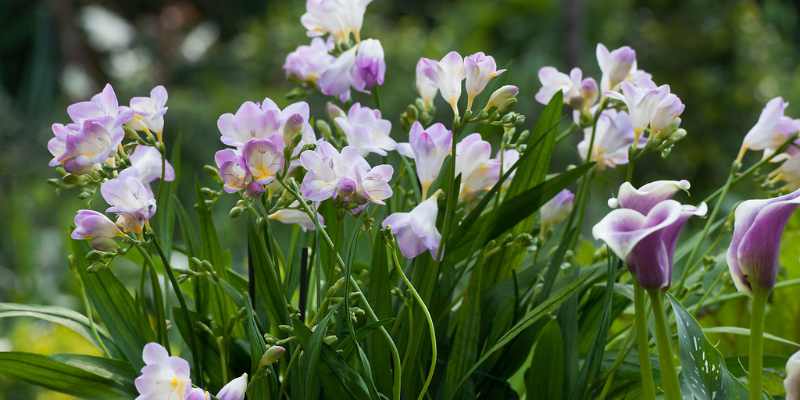
When to plant freesia corms?
Freesia bulbs are planted in spring, between March and May, once frost risk has passed and soil is sufficiently warmed, as freesia is sensitive to cold. To obtain early flowering, it is possible to force the bulbs, as with hyacinths, by planting them in autumn in pots and keeping them in an unheated greenhouse protected from frost, which will allow enjoyment of their flowers in midwinter.
How to plant?
In open ground
For a spectacular display in beds, group freesia bulbs in clusters of 20 to 50.
- Fork over soil to a depth of 20–25 cm to aerate and remove weeds, roots and stones.
- To improve drainage in heavy, compact soil, incorporate gravel or river sand, creating a 5–10 cm layer beneath the bulbs if necessary.
- Use a dibber to place bulbs at a depth of 3–5 cm, with point facing upwards.
- Leave 20 cm between each bulb.
- Cover with soil and firm lightly.
- Water moderately to avoid saturating the soil.
In pots or planters
Freesia bulbs also adapt very well to container growing, ideal for enhancing terraces and balconies with their scented flowering all summer. Combine them with other summer bulbs for a most charming effect. For a 15 cm diameter pot, allow 6 cm spacing between 5 to 7 bulbs.
- Plant bulbs at a depth of 3–5 cm, point upwards, in a mix of sand and potting compost.
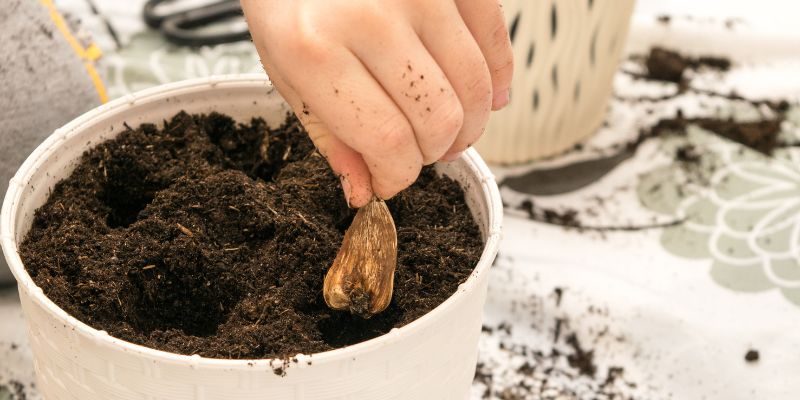
- Place a layer of clay pebbles or gravel at the bottom of the pot to aid drainage.
- Fill with compost and firm gently.
- Give a light watering then maintain consistent moisture without overwatering.
- In autumn, move pots under cover to a place where temperature does not fall below 3 °C.
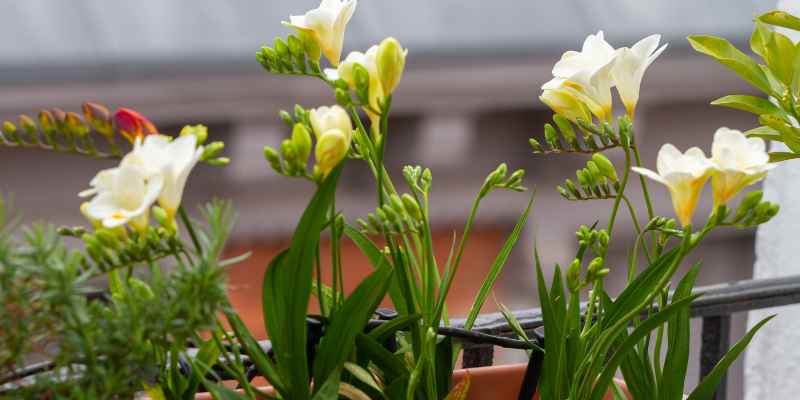
Care
Freesia is an easy-to-grow bulb requiring little specialised attention. Its water need is moderate: water during growth period without wetting foliage, especially in hot weather to keep soil cool, thus avoiding excess moisture harmful to bulbs. Mulching will help keep roots cool. Good to know: during summer dormancy, bulbs must remain dry.
For container culture, water once or twice a week, allowing surface of compost to dry between waterings. An organic bulb fertiliser during flowering is beneficial. Cease watering in winter.
Flowering stems may need staking.
In regions with mild winters and on sandy, well-drained soil, bulbs can remain in ground, protected from frost by mulch. Cut foliage to ground once faded to allow bulb to replenish reserves.
In colder regions, after foliage has yellowed and completely dried in autumn, lift bulbs, remove dead parts and store them dry and frost-free until spring. Bring pots indoors before first frosts and wait for soil to warm before replanting.































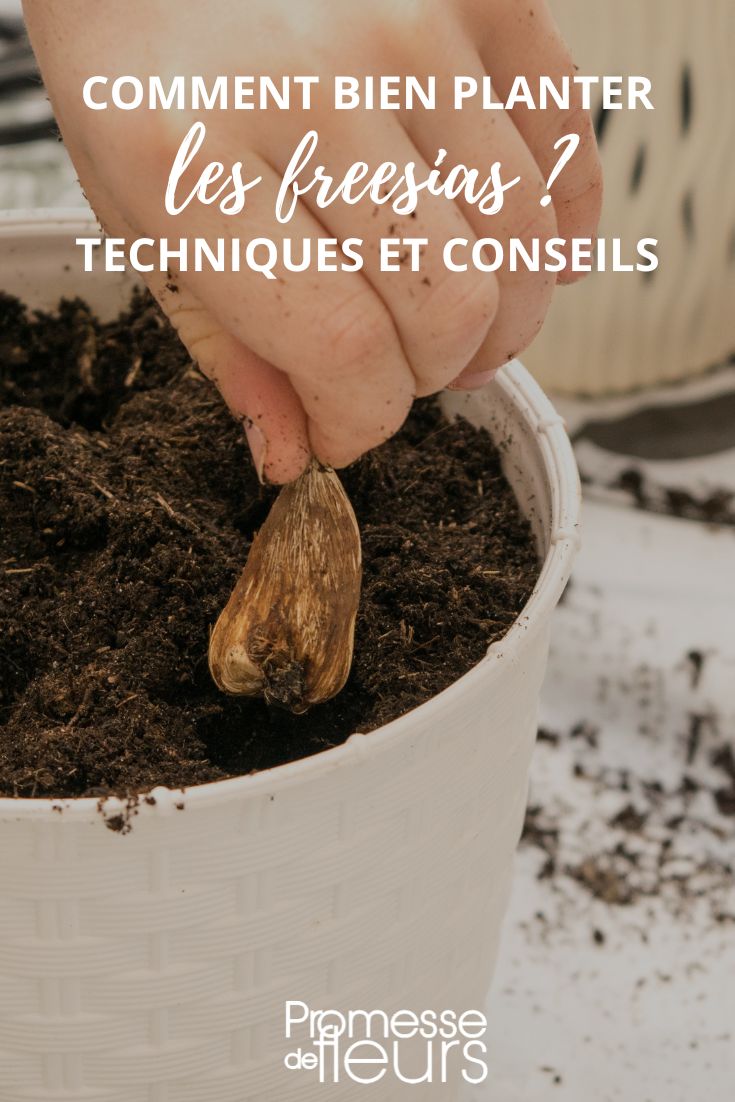
Comments